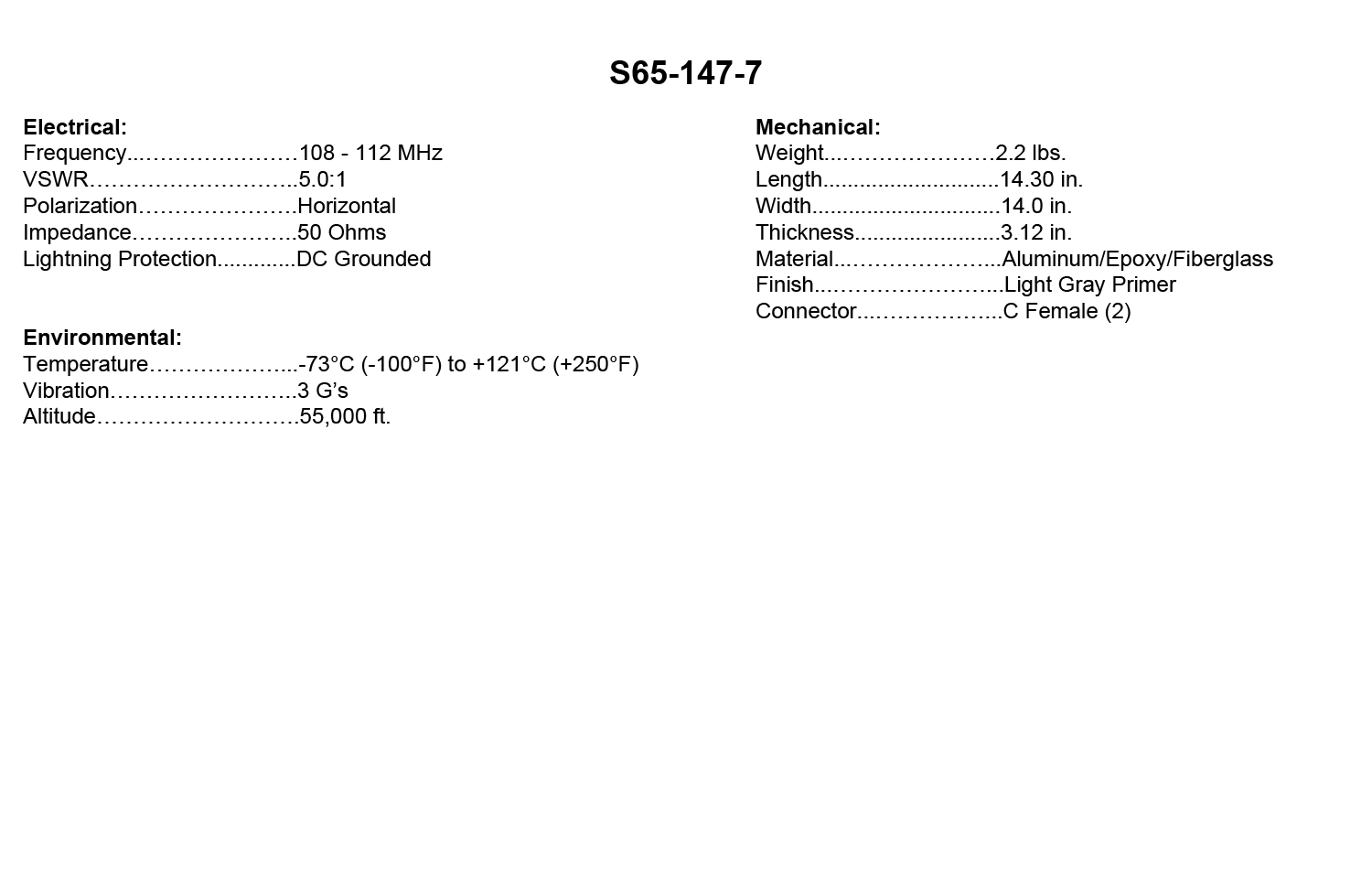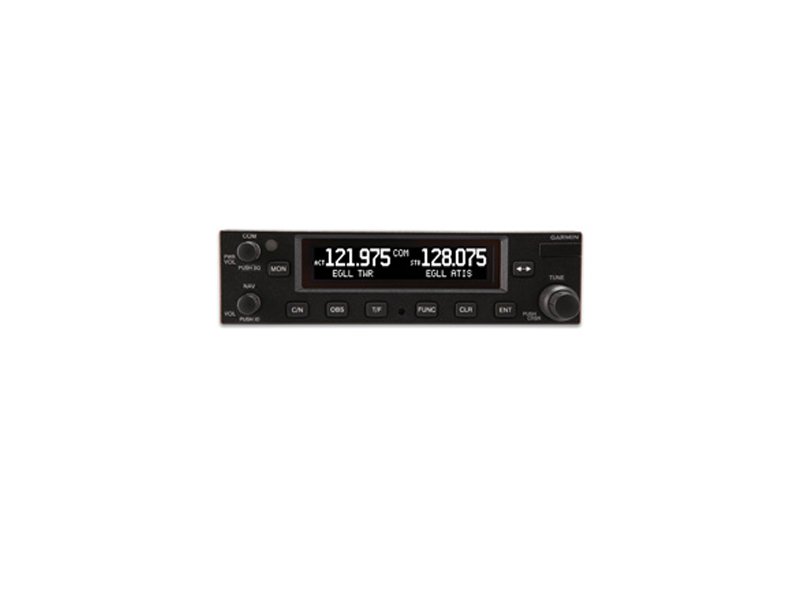
But the middle part of this arrow is moving independently of the aircraft's heading. The top and bottom of this arrow "is one unit", which shows current heading. But in older style cockpit instrumentation, the localizer also appears as an arrow in the gyro compass below the artificial horizon. In older cockpits, the localizer scale below the artificial horizon is rather short. The pilot then knows he or she must adjust the heading towards the dot. But if the aircraft is located a little left of the beam, the marker will appear to the right on the localizer gauge scale in cockpit. If the aircraft is located on this line, the localizer dot will appear in the middle of the scale. (exceptions exist, for instance, in Innsbruck, Austria and in Macao) If the transmitted localizer beam, which usually, but not always, is directed in the heading of the runway extension. It does not appear during cruise, but comes up during the descent and approach to the selected runway, provided that the navigation radio is set to the ILS frequency of that specific runway.

In modern cockpits, the localizer is seen as a colored dot (usually in the shape of a diamond) at the bottom of the artificial horizon gauge. With the indicators added to the artificial horizon (and to the compass), the pilot can theoretically watch the attitude simultaneously with the localizer and glideslope. This is, in theory, however, more difficult to learn-but even for pilots experienced with using such indicators, it added another instrument they needed to focus on. Two dangling bars, fixed in the middle of the top (localizer indicator) and in the middle of the left side (glideslope indicator), and if the aircraft was located on the intended glidepath, the dangling bars formed a cross. On some aircraft is only the glideslope indicated on two main instruments, and the oldest version of ILS-instruments was an instrument of its own used instead. But they are essentially read in the same way. On aircraft which have a mechanical gyro compass are both the localizer and glideslope indicated as a vertical and a horizontal arrow in the compass as well. The glideslope scale is located to the right of the attitude sphere. The localizer indicator is (on most aircraft manufactured from the late 1950s) shown below the Attitude Indicator, but is still a part of this instrument together with the glideslope indicator and the cross in the center of the instrument which is called Flight Director. Both the indicator and its scale are small. The localizer is shown on the scale below the altitude gauge, and is in this case looking almost as a small white "^" sign. Localizer in cockpit Īn attitude indicator (AI), more commonly known as an artificial horizon. LOC carrier frequencies range between 108.10 MHz and 111.95 MHz (with the 100 kHz first decimal digit always odd, so 108.10, 108.15, 108.30, etc., are LOC frequencies and are not used for any other purpose). The LOC signal is in the 110 MHz range while the G/S signal is in the 330 MHz range. Localizer (LOC) and glide slope (G/S) carrier frequencies are paired so that the navigation radio automatically tunes the G/S frequency which corresponds to the selected LOC frequency. The cockpit instrument uses the difference between the modulation strengths of the two received signals to indicate left or right deviation from centerline. The signals' phases at the antenna elements are arranged such that the 150 Hz signal is more prominent (has a greater depth of modulation) at a receiver located to the left of centerline, and the 90 Hz signal is more prominent to the right. In addition, a clearing signal is transmitted at one tenth of the power with a wider beam to prevent receivers from picking up the side lobes of the main beam. These are transmitted from co-located phased array antenna elements. One is amplitude modulated at 90 Hz, the other at 150 Hz. Two signals are transmitted on one of 40 ILS channels. Some runways have ILS only in one direction, this can however still be used for the opposite direction (with a lower precision) known as back beam or "Back Course" which is not associated with a glide slope.

In parts of Africa and Asia large airports may lack any kind of transmitting ILS system. An older aircraft without an ILS receiver cannot take advantage of any ILS facilities at any runway, and much more importantly, the most modern aircraft have no use of their ILS instruments at runways which lack ILS facilities.

In aviation, a localizer is the lateral component of the instrument landing system (ILS) for the runway centerline when combined with the vertical glide slope, not to be confused with a locator, although both are parts of aviation navigation systems.Ī localizer (like a glideslope) requires both a transmitting airport runway system and receiving cockpit instruments.


 0 kommentar(er)
0 kommentar(er)
